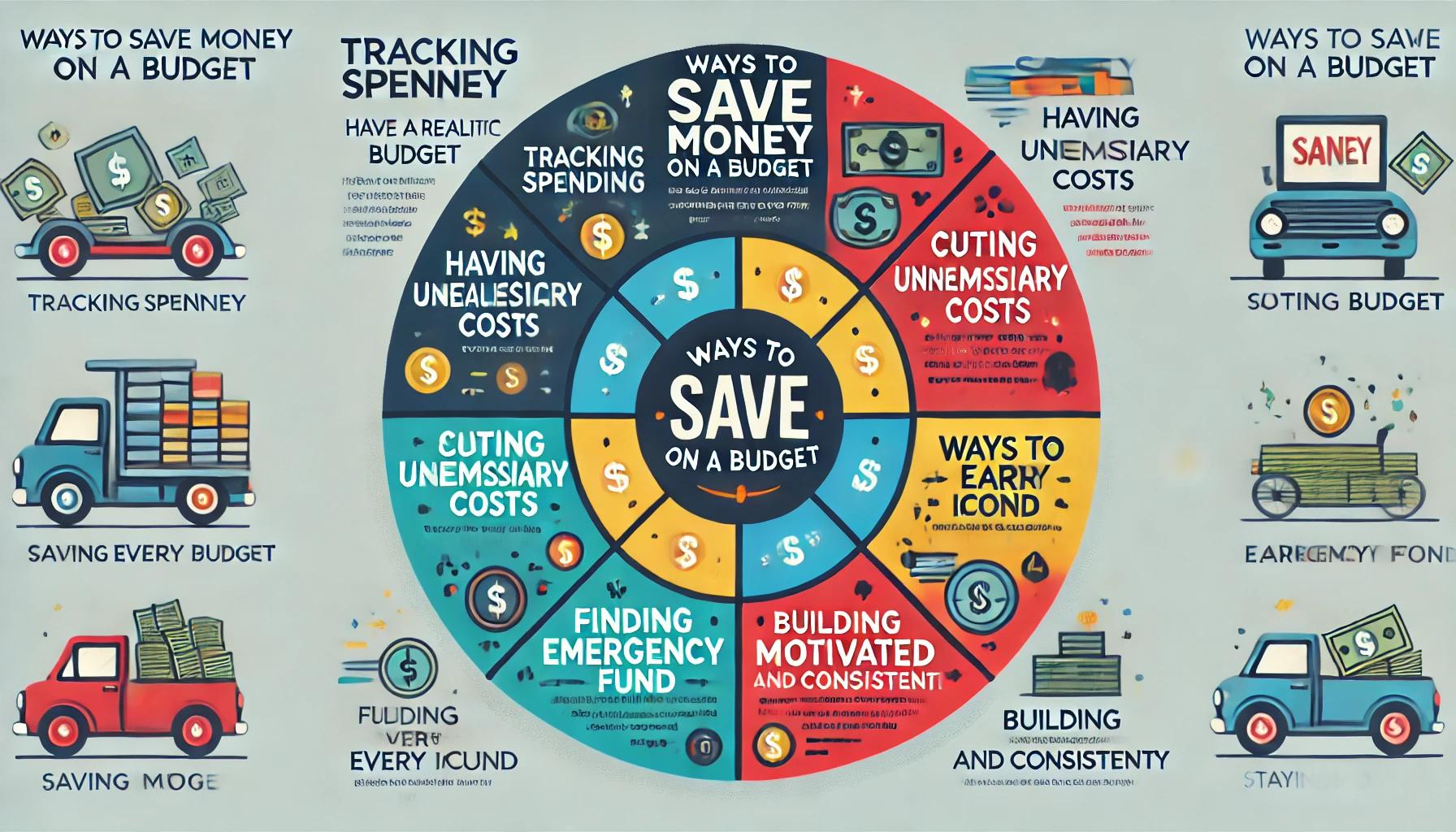Saving money can feel impossible when every dollar seems to have a place. But the truth is, no matter how limited your income is, there are always ways to save—without sacrificing your quality of life.
In this guide, you’ll learn practical and realistic tips to help you start saving money even if you’re living on a tight budget.
1. Track Every Dollar
Before you can save, you need to know where your money is going. Track every expense—yes, even the small ones—for at least 30 days.
Tools that help:
- Budgeting apps like Mint, YNAB, or Spendee
- Simple spreadsheets
- Pen and notebook
Once you see the patterns, you can begin adjusting them.
2. Set Micro-Saving Goals
You don’t need to save $500 overnight. Start small with realistic goals:
- Save $1 per day
- Round up purchases and save the difference
- Transfer $10–$20 per week into a separate savings account
Over time, small amounts grow and create big habits.
3. Cook at Home More Often
Eating out is one of the biggest silent budget killers. Commit to cooking more at home—even just 2–3 meals more per week.
Tips:
- Meal prep on Sundays
- Use a shopping list
- Buy in bulk when possible
- Plan meals around what’s on sale
You can easily save $100–$300/month just by reducing takeout.
4. Cancel Unused Subscriptions
Go through your bank statements and look for:
- Streaming services
- App subscriptions
- Software trials you forgot about
- Gym memberships
Cancel what you don’t use. Even saving $10–$30/month makes a difference.
5. Create a “No-Spend” Challenge
Pick one week (or weekend) each month to commit to a no-spend challenge. Use only what you have, and avoid buying anything beyond essential items.
This builds discipline and shows how much you can live with less.
6. Automate Your Savings
Set up an automatic transfer—even a small one—right after payday. When savings are automated, you’re less likely to notice the money is gone.
Consider opening a separate high-yield savings account to avoid dipping into your savings.
7. Use Cashback and Reward Programs
Take advantage of tools that pay you back for purchases you’re already making:
- Cashback cards
- Loyalty programs
- Cashback apps like Rakuten, Ibotta, or Honey
Just make sure you’re not buying unnecessary things just for rewards.
8. Buy Generic and Second-Hand
Brand names don’t always mean better. Try:
- Generic groceries and medication
- Thrift stores for clothes
- Used electronics or furniture
This can cut your shopping expenses by 20–50% with no major lifestyle changes.
9. Reduce Utility Bills
Simple habits can reduce your monthly bills:
- Unplug devices when not in use
- Use energy-efficient light bulbs
- Limit heater/air conditioner usage
- Wash clothes in cold water
- Shorten shower time
These small changes can lower your electric and water bills significantly.
10. Avoid Impulse Purchases
Use the 24-hour rule: Wait one full day before making any non-essential purchase. This helps prevent buyer’s remorse and keeps your money focused on your goals.
Final Thoughts: Saving is Possible—Even on a Tight Budget
You don’t need a six-figure income to build savings. All it takes is awareness, intention, and consistency. By taking small, manageable steps, you can make room in your budget and start creating a safety net for your future.
Start today. Start small. But start.
